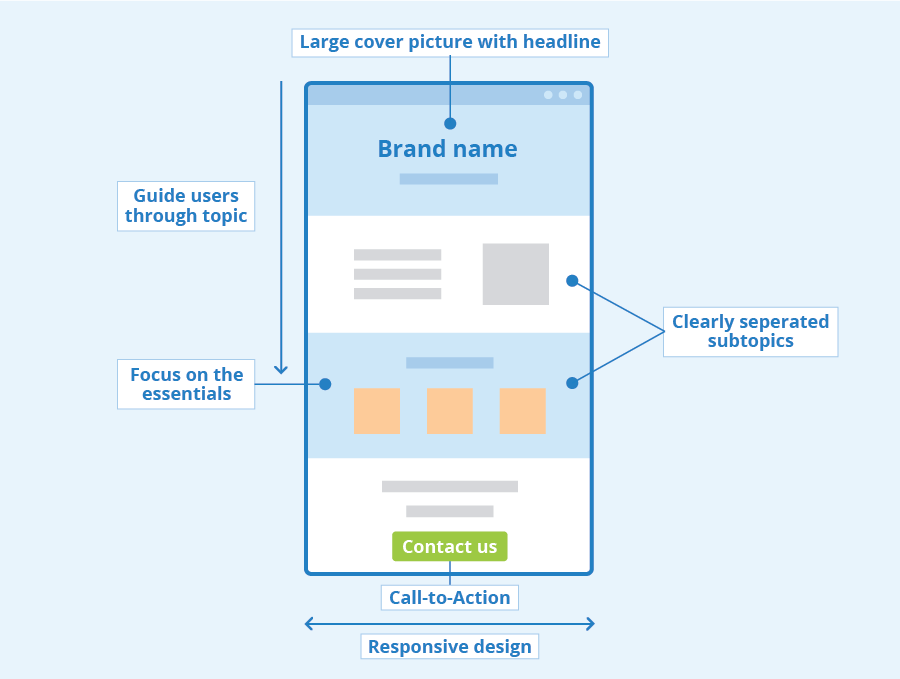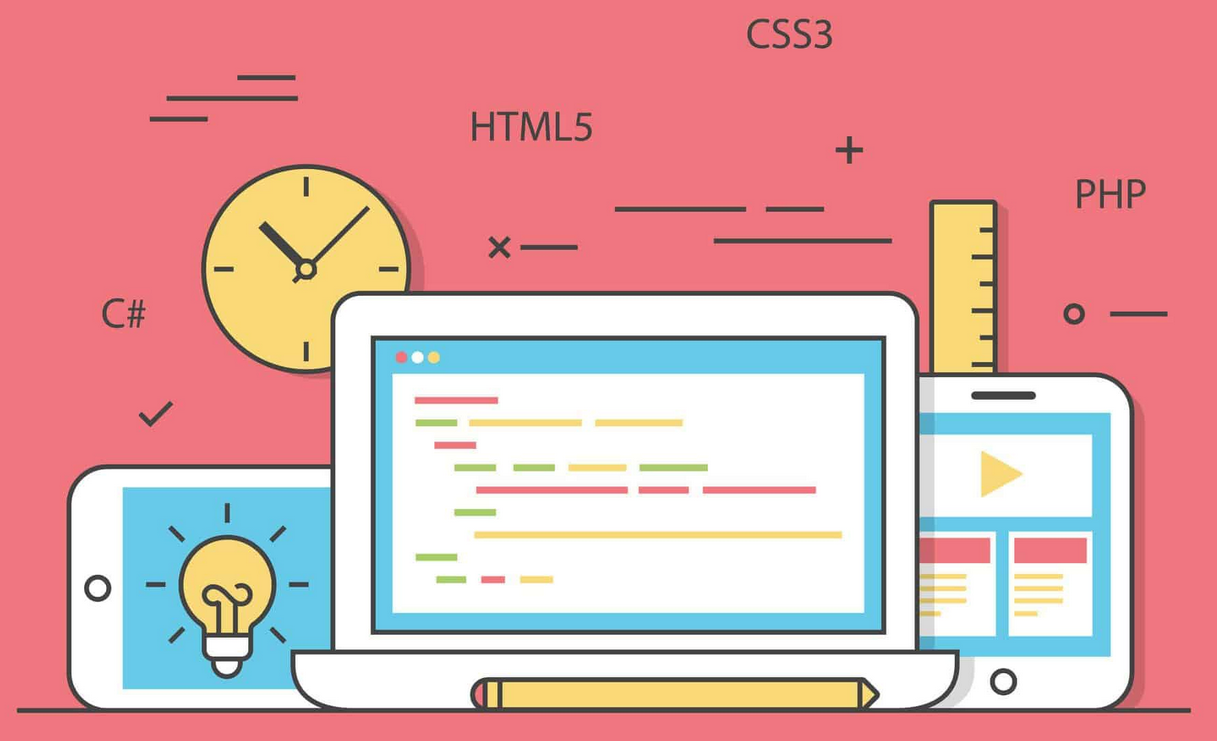Despite the fact that accessibility experts across the world have assembled together to speak out about them, and despite there being scores of articles published against them, accessibility widgets are being found on more and more websites these days. As a 20+ year veteran of the digital accessibility field, I would be lying if I didn’t understand why customers – especially small and medium sized businesses (SMBs) – use these products.
There are a few seemingly legitimate reasons to buy an accessibility widget:
- An accessibility widget can make your site compliant very quickly
- An accessibility widget can protect against lawsuit
- Fixing your website’s accessibility problems is expensive and time consuming
Each of the above arguments is false. Evidence to refute these purported reasons can be found at the links I already shared in the first paragraph. I would like to focus on the last bullet point during this blog post.
What does an accessibility widget cost?
At present, there are approximately 2-dozen accessibility widgets on the market. Of those, only 13 of them have publicly available pricing. 3 of them provide pricing for annual-only subscriptions, 3 provide pricing for monthly-only subscriptions, and the rest can be purchased either monthly or yearly. Typically, when both monthly or yearly plans are available, discounts are offered for a yearly commitment. For this post, we’ve normalized all prices to a monthly price. In other words, for those products only offered on an annual basis, we’ve divided those fees by 12.
Accessibility widgets are sold based on the number of pages on the customer site. Most widgets are sold in 3 pricing tiers, such as 1000 pages, 10000 pages and 100000 pages.
Pricing ranges from $279 to $3590 per month. Naturally, as the price gets higher, the number of pages covered gets higher as well. In addition, the price-per-page gets lower. The average price per page is $0.64, whereas the mode is $.05.
How does a widget compare to direct remediation, in terms of cost?
Expressed as yearly cost, the minimum cost of an accessibility widget is $3,348. The average cost is $16,342. Here’s the Min, Max, Mean, Median, and Mode for an accessibility widget:
- Min: $3,348
- Max: $43,080
- Mean: $16,342
- Median: $12,444
- Mode: $5,880
How does this compare to direct remediation? That depends largely on the type of site. But when it comes to the typical site for small and medium businesses, the answer may surprise you: direct remediation may actually be cheaper! Using the data of all previous remediation jobs for SMBs from AFixt, the average price is $14,034. Here’s the Min, Max, Mean, and Median for direct remediation:
- Min: $5,418
- Max: $58,464
- Mean: $14,034
- Median: $8,851
Direct remediation just makes sense
Accessibility experts around the world have already spoken out against accessibility widgets. Users with disabilities seriously dislike them. And, they do not prevent lawsuits. The final argument that they are cheaper is false as well.
Direct remediation – that is, having the site’s accessibility errors fixed by our expert developers – is permanent, not dependent on maintaining an ongoing subscription, and does not require adding 3rd party software.
Interested in learning more? Give us a shout.







